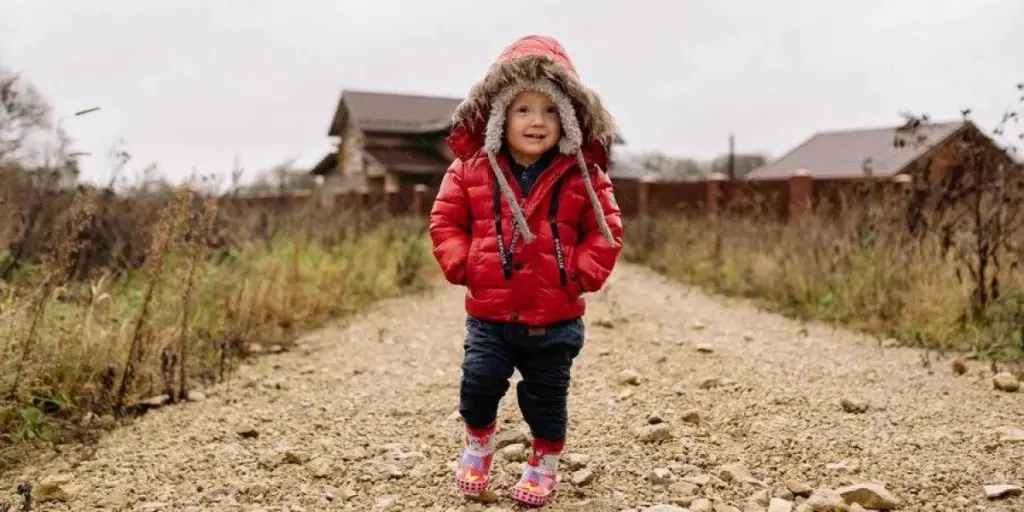Winter is a season of contrasts. While it invites cozy moments by the fireplace at home, it also calls for adventurous outings in the cold. Whether you’re hitting the ski slopes, enjoying après-ski activities, or exploring a new town, having the right winter apparel is essential. In this comprehensive guide, we’ll explore everything you need to know about choosing the best apparel for winter to keep you warm, comfortable, and stylish.
The Essentials of Winter Apparel
Layering: The Key to Warmth
Layering is the foundation of winter dressing. It allows you to adjust your clothing based on changing temperatures and activity levels. The three primary layers are:
- Base Layer: The base layer is worn next to your skin. It should be moisture-wicking to keep sweat away from your body, helping you stay dry and warm. Materials like merino wool or synthetic fabrics are ideal for this layer.
- Mid Layer: The mid layer provides insulation. Fleece, down, or synthetic insulated jackets are great choices. This layer traps heat and keeps you warm while allowing moisture to escape.
- Outer Layer: The outer layer, or shell, protects you from wind, rain, and snow. Look for waterproof and windproof jackets made from breathable materials like Gore-Tex.
Choosing the Right Fabrics
The fabric of your winter apparel plays a crucial role in your comfort and warmth. Here are some key fabrics to consider:
- Wool: Wool is an excellent insulator and can keep you warm even when wet. Merino wool, in particular, is soft, breathable, and moisture-wicking.
- Fleece: Fleece is lightweight, warm, and breathable, making it a great mid-layer option.
- Down: Down provides exceptional warmth-to-weight ratio. It’s perfect for very cold conditions, but it loses its insulating properties when wet.
- Synthetic Insulation: Synthetic materials like PrimaLoft offer good insulation and retain warmth even when damp.
Essential Winter Apparel Items
Winter Coats and Jackets
A high-quality winter coat or jacket is your first line of defense against the cold. When choosing a winter coat, consider the following:
- Insulation: Decide between down and synthetic insulation based on your needs. Down is warmer but less effective when wet, while synthetic insulation performs better in damp conditions.
- Waterproofing: Ensure your coat is waterproof or water-resistant to protect against snow and rain.
- Length: Longer coats provide more coverage and warmth, especially for your legs.
- Features: Look for features like adjustable hoods, multiple pockets, and adjustable cuffs for added convenience and protection.
Base Layers
Base layers are essential for moisture management and temperature regulation. Here are some tips for choosing the right base layers:
- Material: Opt for moisture-wicking materials like merino wool or synthetic blends.
- Fit: Base layers should fit snugly without being too tight, allowing for comfortable movement.
- Weight: Choose the weight of your base layer based on the intensity of your activity and the temperature. Lightweight for high-intensity activities, mid-weight for moderate activities, and heavyweight for low-intensity or very cold conditions.
Mid Layers
The mid layer provides insulation and should be versatile. Here are some popular options:
- Fleece Jackets: Fleece jackets are lightweight, breathable, and provide excellent warmth.
- Down Vests: Down vests offer core warmth without restricting arm movement.
- Synthetic Insulated Jackets: These jackets are a great alternative to down, especially in wet conditions.
Pants and Bottoms
Keeping your legs warm is just as important as keeping your upper body warm. Here are some options for winter bottoms:
- Insulated Pants: These pants are perfect for extremely cold conditions and activities like skiing or snowboarding.
- Softshell Pants: Softshell pants are breathable, water-resistant, and ideal for active pursuits like hiking or snowshoeing.
- Base Layer Bottoms: Wear moisture-wicking base layer bottoms under your pants for added warmth.
Footwear
Winter footwear should keep your feet warm, dry, and supported. Consider the following when choosing winter boots:
- Insulation: Look for boots with insulation, such as Thinsulate, to keep your feet warm.
- Waterproofing: Ensure your boots are waterproof to protect against snow and slush.
- Traction: Choose boots with good traction to prevent slipping on ice and snow.
- Fit: Make sure your boots fit well with enough room for thick socks without being too tight.
Accessories
Accessories are the finishing touches that can make a big difference in your comfort. Don’t forget these essential winter accessories:
- Hats and Beanies: A warm hat or beanie will help retain heat and keep your head and ears warm.
- Gloves and Mittens: Insulated and waterproof gloves or mittens are crucial for keeping your hands warm and dry.
- Scarves and Neck Gaiters: Protect your neck and face from the cold wind with a scarf or neck gaiter.
- Socks: Choose moisture-wicking and insulated socks made from wool or synthetic materials to keep your feet warm and dry.
Winter Apparel for Different Activities
Skiing and Snowboarding
For skiing and snowboarding, you need specialized gear to keep you warm and protected on the slopes. Here’s what to look for:
- Ski Jacket: Choose a waterproof, insulated ski jacket with features like a powder skirt, ventilation zippers, and a helmet-compatible hood.
- Ski Pants: Waterproof and insulated ski pants with reinforced knees and cuffs are essential.
- Base Layers: Moisture-wicking base layers are crucial for staying dry and comfortable.
- Ski Socks: Look for padded, moisture-wicking ski socks for added comfort and warmth.
- Ski Gloves: Insulated and waterproof gloves with good dexterity are a must.
Hiking and Snowshoeing
For winter hiking and snowshoeing, you need gear that provides warmth, breathability, and protection from the elements:
- Layering System: Use a three-layer system (base layer, mid layer, outer layer) to regulate your temperature and stay dry.
- Insulated Jacket: An insulated, waterproof jacket will protect you from the cold and snow.
- Waterproof Pants: Waterproof, breathable pants will keep you dry while allowing moisture to escape.
- Gaiters: Gaiters prevent snow from entering your boots and keep your lower legs dry.
- Winter Boots: Insulated, waterproof boots with good traction are essential for winter hiking.
Casual Winter Activities
For casual winter activities like walking around town or enjoying outdoor events, you need versatile and stylish winter apparel:
- Wool Coats: A stylish wool coat provides warmth and a polished look for urban settings.
- Sweaters and Cardigans: Layer sweaters or cardigans over your base layer for added warmth and style.
- Jeans and Leggings: Pair jeans with thermal leggings for extra warmth or opt for insulated pants.
- Winter Accessories: Complete your outfit with a fashionable hat, scarf, and gloves.
Caring for Your Winter Apparel
Proper care and maintenance of your winter apparel will extend its lifespan and keep it performing at its best. Here are some tips for caring for your winter gear:
- Follow Care Instructions: Always follow the manufacturer’s care instructions on the label.
- Wash Properly: Use a gentle detergent and avoid fabric softeners, which can damage waterproof coatings. Wash down items with a specialized down detergent.
- Drying: Air dry or use a low heat setting in the dryer. For down items, add clean tennis balls to the dryer to help fluff the insulation.
- Storage: Store your winter apparel in a cool, dry place. Avoid compressing down items for long periods to maintain their loft.
- Repair: Promptly repair any tears or damage to keep your gear in good condition. Many manufacturers offer repair services or kits.
Conclusion
Choosing the right apparel for winter is crucial to staying warm, comfortable, and stylish during the cold months. By understanding the importance of layering, selecting the right fabrics, and investing in quality gear for your activities, you can enjoy winter to its fullest. Remember to care for your winter apparel properly to ensure it lasts season after season. Whether you’re hitting the slopes, hiking through snowy trails, or simply enjoying a winter stroll, the right apparel will keep you cozy and ready for any adventure.







